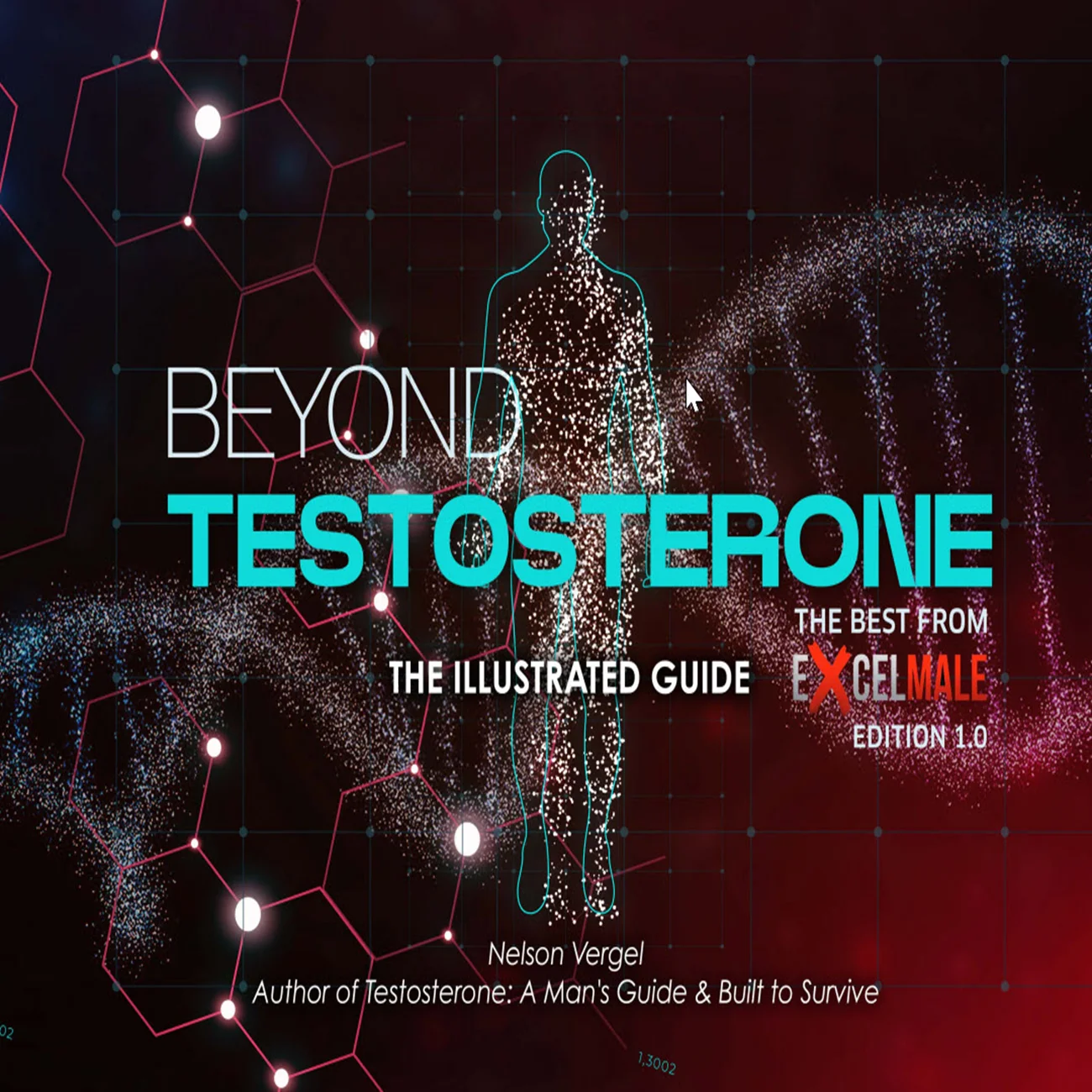The adjusted rate ratio of venous thromboembolism was 1.25 (95% confidence interval 0.94 to 1.66) for current versus no testosterone treatment. In the first six months of testosterone treatment, the rate ratio of venous thromboembolism was 1.63 (1.12 to 2.37), corresponding to 10.0 (1.9 to 21.6) additional venous thromboembolisms above the base rate of 15.8 per 10 000 person years. The rate ratio after more than six months’ treatment was 1.00 (0.68 to 1.47), and after treatment cessation it was 0.68 (0.43 to 1.07). Increased rate ratios within the first six months of treatment were observed in all strata: the rate ratio was 1.52 (0.94 to 2.46) for patients with pathological hypogonadism and 1.88 (1.02 to 3.45) for those without it, and 1.41 (0.82 to 2.41) for those with a known risk factor for venous thromboembolism and 1.91 (1.13 to 3.23) for those without one.
Starting testosterone treatment was associated with an increased risk of venous thromboembolism, which peaked within six months and declined thereafter.
(Thromboembolism is the formation of a blood clot within a blood vessel and is a very serious medical condition.)
Link to full text of article.
Starting testosterone treatment was associated with an increased risk of venous thromboembolism, which peaked within six months and declined thereafter.
(Thromboembolism is the formation of a blood clot within a blood vessel and is a very serious medical condition.)
Link to full text of article.












